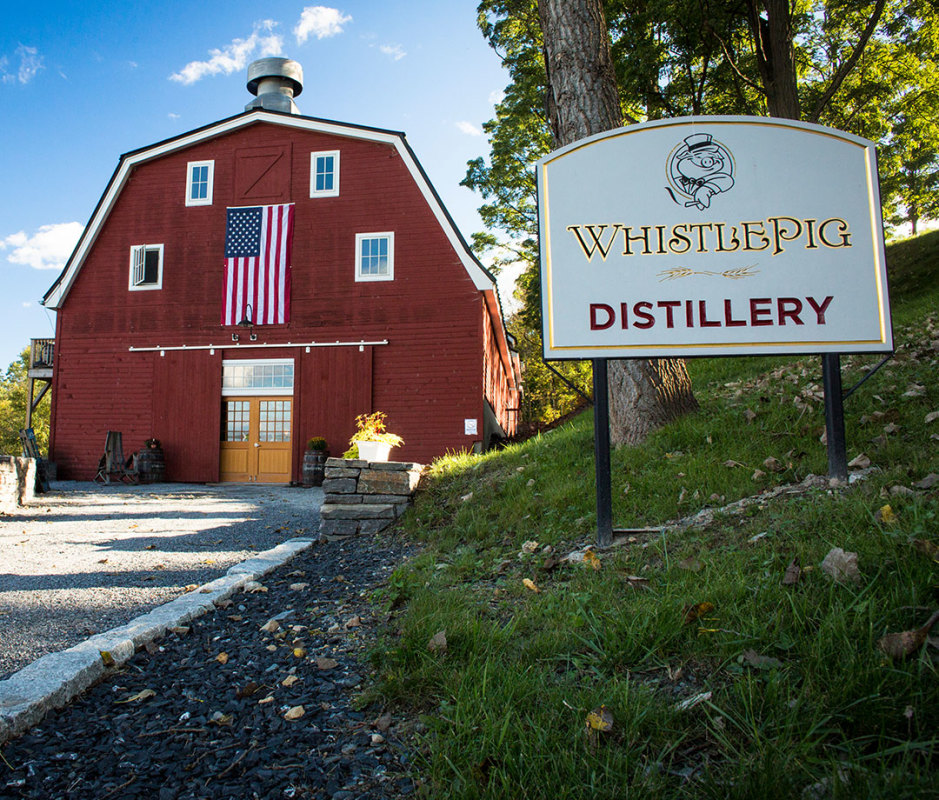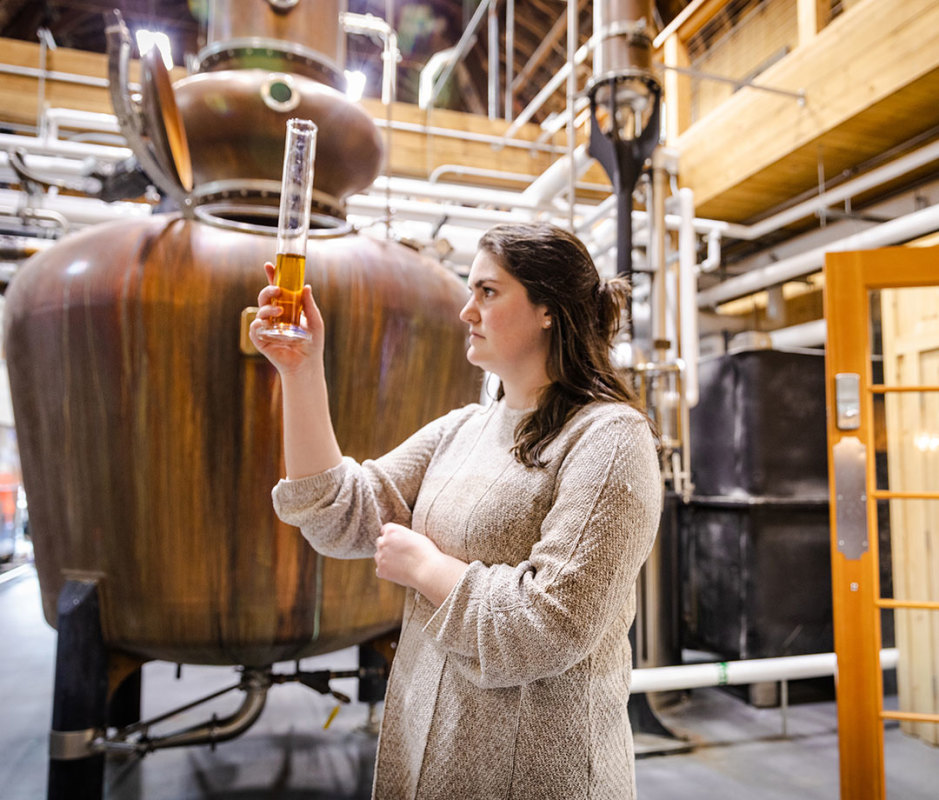WhistlePig is no stranger to pushing whiskey boundaries. The Vermont-based craft-distilling darling helped create the high-end rye whiskey category nearly 20 years ago. At a time when the long-forgotten whiskey style couldn’t command more than $15 in a plastic bottle, this audacious brand dared to enter the market with a sophisticated 10-year-old spirit priced at $70 a bottle. It flew off shelves and the term “premium rye” was suddenly on the tips of everyone’s tongue.
Today, no specific whiskey exemplifies its outside-the-box ethos quite like its signature Boss Hog bottling. The annual release exists as a single barrel and barrel-strength exultation of experimentation.

Courtesy WhistlePig
The latest edition, Boss Hog XII Feather & Flame, is taking flight this month en route to a liquor store near you and it’ll land with a sizable $600 price tag. Is it worth hauling home? Well, there’s a reason why Boss Hog has grown into one of America’s most collectible whiskeys. Let’s uncork its famed pewter topper for a closer look at what’s inside the bottle.
WhistlePig Boss Hog Feather & Flame: How It’s Made and Tasting Notes
Boss Hog XII is inspired by the fermented flavors of the ancient Aztecs. It’s a non-age-stated rye (likely in excess of 10 years), finished in casks that were seasoned with pulque and xocolatl. The former is a sappy and earthy low-ABV beverage built from carefully manicured agave plants. The latter is a bitter and spicy drinkable confection that was served as a precursor to modern day chocolate. The whiskey has a peppery minerality that prevails in the nose. The palate, meanwhile, is dominated by dried cacao nibs, roasted coffee, and scorched caraway. More pepper returns in the finish, evoking chili spice in a slow retreat.
To render this outsized profile, WhistlePig chief blender Meghan Ireland embarked on a formative sojourn several thousand miles south of rural Vermont to the mountainous outer edges of Mexico City. Ingredient-sourcing missions such as these have become a seasonal pilgrimage for the award-winning whiskey maker. Now completing her sixth iteration of Boss Hog, Ireland has had ample opportunity to rack up her fair share of frequent flier miles. (Last year’s edition was inspired by Indian spices.)

Courtesy WhistlePig
“This one was a ton of fun to create,” Ireland recalls. “I loved being able to see the craft process of creating pulque in Mexico. From trying the raw agave sap directly from the plant to learning about the history of the drink—you could sense the passion of the craftsmen and women, all committed to this most traditional endeavor. It sparked a ton of ideas.”
Though they were not without their challenges. Indeed, Ireland concedes that this might have been the most logistically confounding Boss Hog yet. “Pulque’s continuous fermentation process means it has to be consumed quickly before it spoils, and xocolatl doesn’t match what most people think of as ‘chocolate,’” she explains. “We embraced the strength and power of the flavors and created the world’s first whiskey finished in pulque curado de cacao barrels.”
It’s important to note, however—as with the other 11 offerings now comprising the series—this latest Boss Hog isn’t constructed solely to serve novelty. This is innovation with purpose. It highlights esoteric flavors that often aren’t understood far beyond their respective regions of origin. And in so doing it expands the conception of what rye can be. WhistlePig would have it no other way, of course.
As for Ireland, it’s an annual excuse to step off the farm and into a global beverage scene with boundless possibilities. “Exploring the local drinks from around the world is one of my favorite things to do when on the prowl for potential Boss Hogs,” she says. Just another day at the office—that is when you have one of the coolest jobs on the planet.
